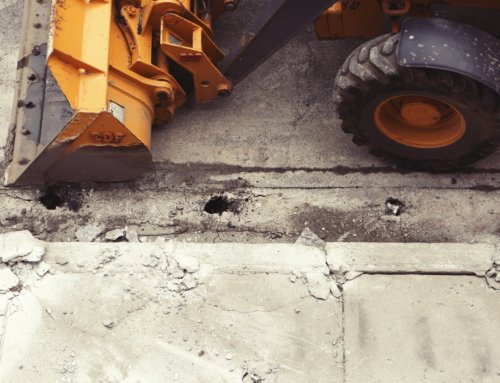To say that we are expecting a wet winter in Southern California is somewhat of an understatement. In the last full El Niño of 1997-1998, we experienced rainfall up to 24 inches from January through March. The El Niño we are expecting this winter may very well bring us rainfall that equals that of the 97-98 El Nino, as predicted by NOAA. The weather system could wreak havoc on the California’s construction industry. It is important that builders, developers, and contractors are fully prepared in every aspect for the upcoming weather challenges in order to deliver a project successfully. Here is a quick snapshot of what the upcoming and record breaking El Nino:
- Predicting strongest El Niño in almost 20 years
- Above average precipitation along the southern tier of the nation
- Above average temperatures along much of the west and northern half of the U.S. & below average temperatures in the southern plains and the SE U.S.
Southwest California Region
- Greater than 95% chance of El Niño
- Storms produced are capable of multiple impacts, especially January – March increased chances of high winds, flooding, debris flows (notably in burn areas), and coastal erosion from high waves
- One season of above average rain and snow is unlikely to erase 4 years of drought
Here are ten tips that builders, developers, and contractors should follow during El Nino in order
to ensure their construction project will be protected and delivered successfully:
- Stabilize ditch bottoms. Man-made drainage ditches with gently sloping bottoms (less than 3%) can be stabilized with thick grass seeding and erosion control blankets. Natural (i.e., not “man-made”) drainage channels and creeks or streams cannot be cleared, re-routed, or otherwise altered without one or more permits from the U.S. Army Corps of Engineers.
- Repair silt fences and other sediment controls. Silt fence is most applicable for relatively small areas with flat topography. Silt fence should be used below areas where erosion will occur in the form of sheet and rill erosion.
- Clean sediment out of drainage ditches, sediment basins and storm water inlets. Murow|CM | 1151 Duryea Ave., Irvine, CA 92614
- Make sure all drainage is directed to the street or other water course by approved devices, such as drainage channels, ground gutters, paved swales, or yard or area drains.
- Protect slopes with visqueen.
- Hire a QSP to ensure SWPPP compliance.
- Use berms, ditches, fiber rolls, or other diversions to direct upslope water away from the\ disturbed area. This helps to reduce the amount of muddy runoff.
- Cultivating the cut surface will increase infiltration of rainfall and decrease the velocity of water across the slope during rain and therefore reduce erosion.
- Establish an adequate inspection, maintenance and cleaning program for sediment run- off control structures.
- Prepare a contingency plan. This plan should address: methods to limit storm water entering excavation areas, enhancement of existing measures and installation of additional controls, when an intense storm event is forecast, siting of construction facilities, clean-up procedures, including disposal of excess water, a flood warning system, procedures for preventing the loss of spoil, fuel, chemicals or other materials that could adversely affect the environment, and notification of relevant authorities if unplanned incidents occur that could pose a risk to the environment.






Leave A Comment